Japan moved closer to its first magnetic-levitation train service this week after Central Japanese Railways received official approval to build a 380km line between Tokyo and Nagoya, as the first phase of a link that will eventually be extended to Japan’s second city of Osaka.Â
The decision, which was signalled at the beginning of July, sets in motion the Chuo Shinkansen, a $90bn engineering project that has been in development since the 1970s.
The $52bn first phase will follow a straight line between Shinagawa Station in Tokyo and the industrial centre of Nagoya, which means it will be necessary to tunnel through the sandstone and granite of the southern Japanese Alps. When completed in 2027 the journey will take 40 minutes.
One side benefit of the line is that it will attract attention from other countries who are looking to connect large population centres with an ultra-high-speed rail link.
When the Japanese government announced that it had approved the project, the International High-Speed Rail Association (a group made up of four regional Japanese rail operators) and Japan Rail were holding a conference to celebrate the 50th anniversary of the Shinkansen "Bullet Train", and staging an exhibition of maglev and conventional high-speed rail technology before an audience of 300 railway managers and officials from, among other places, the US, India, Australia and Malaysia. Â
Cracking the US market
Shinzo Abe, the prime minister of Japan, told guests at the conference: "We hope to spread the Shinkansen technology broadly overseas." However, the principal target for Japan’s rail managers is the US: Japan is in the middle of a campaign to persuade Washington opinion makers that they could solve the chronic transport congestion in the "north-east corridor" between Washington DC and Boston by installing a Japanese-made maglev line that, according to the government of Maryland, could carry 9.2 million passengers a year. So far, the Japanese have offered to pay half the $10bn cost of a first-phase line between Washington and Baltimore and to let the Americans have the technology free of charge.
Yoshiyuki Kasai, the honorary chairman of Central Japan Railways, told the conference: "The construction of a maglev line will finally commence in Japan, but since the planned line in the US is shorter, the maglev project could get under way there earlier even if construction starts later."
In 1961, President Kennedy pledged to get a man on the moon by the end of the decade. I think we should build the maglev in a decade– Tom Daschle, the former US Senate majority leader
The government’s ally in this is a group of American investors who have formed the Northeast Maglev corporation. They host regular visits to the Tsuru test track to the south of the capital, where they introduce US politicians and business executives to the experience of travelling at 500kph while at a height of 5cm above the ground.
Among their converts are three former governors of states in the north-east corridor and two former federal transport secretaries.
During the conference, Tom Daschle, the former US Senate majority leader, said plans to introduce maglevs in the United States were gathering momentum, as evidenced by past discussions about the technology between Abe and President Barack Obama. He said: "In 1961, President Kennedy pledged to get a man on the moon by the end of the decade. I think we should build the maglev in a decade."
"It’s starting to come together," Wayne Rogers, the chief executive of Northeast Maglev, told reporters in Tsuru. "We have been working with the Japanese government and they’ve said that they’ll provide half of the money for the first leg and we have private investment that we’re mobilising as well. We hope the US government will be submitting some of the funds to finish it out."
The Maryland Department of Transport has already lobbied for a $1.75bn grant from the Federal Railroad Administration to act as pump priming for the line, but this was turned down in 2010.
However, the backers of Maryland maglev have already raised $40m for scoping work on an eventual line. Rogers said: "What we really wanted to do was be sure we had a good handle on the entire project itself, what it looked like, what we could offer, what the benefits would be, where the money would come from. All of the risk money and risk capital that we’ve been expending to date is all private money."
Other commentators in the US have expressed the opinion that the chances of success depends on government support. "A project like this needs both state and federal buy-in, and because it’s been out of the public eye for a while, people have lost interest in it," said Phyllis Wilkins, who led a 20-year drive to bring German maglev technology to Maryland before retiring in 2012.Â
The previous campaign had also garnered support from investors, before foundering on the opposition of residents that would be affected by the line.
Comments
Comments are closed.





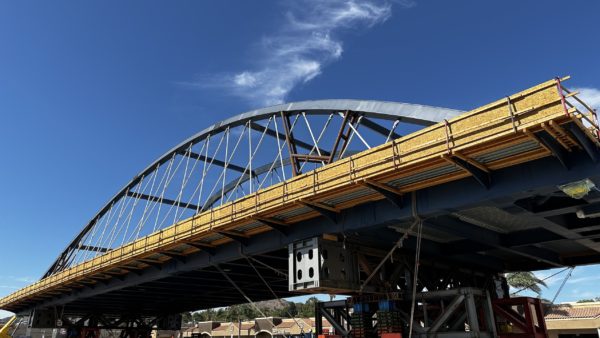
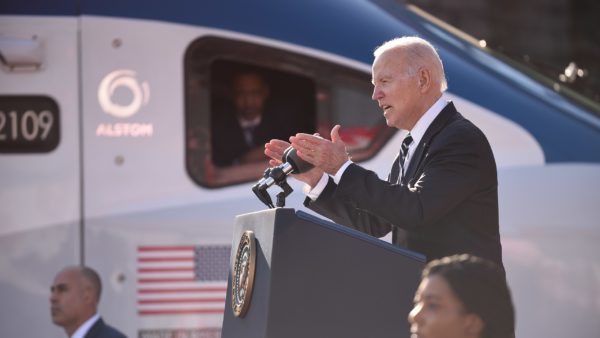
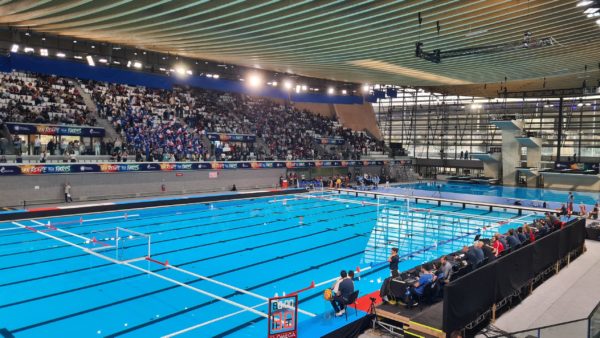
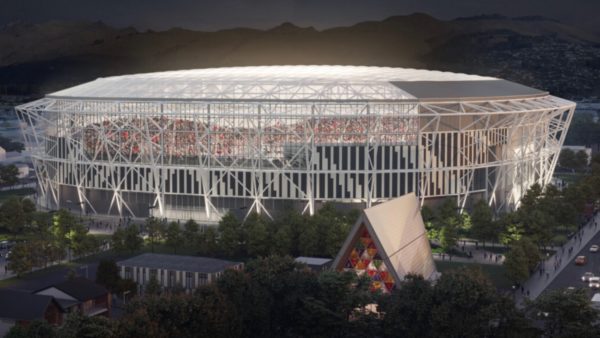
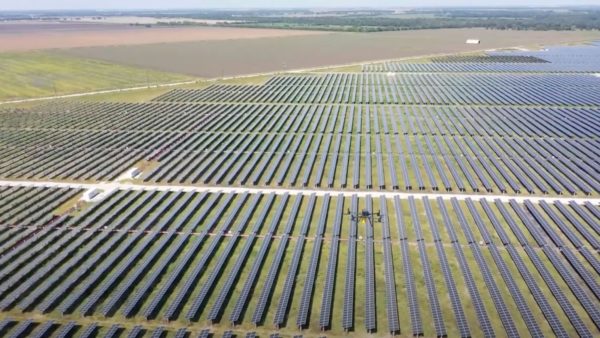
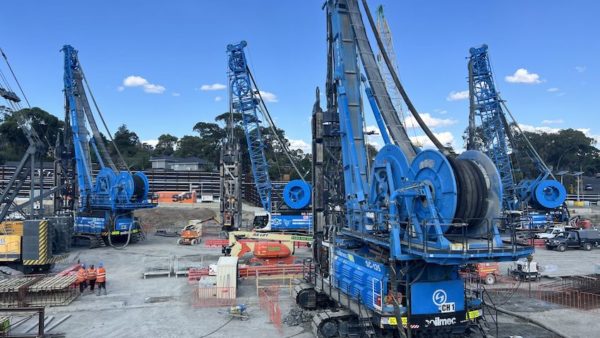
Can’t help but compare this report with our plans in the UK for HS2.
The slogan used for HS2 is: “High Speed Rail: Investing in Britain’s Future”
How on earth can building a new railway line with steel rails 4 feet 8½ inches apart carrying trolleybus locomotives be considered the future? Its 30 years since the French opened their TGVs and 50 years since the first Japanese bullet trains. These were the future then. It will be another 10 years at least before our equivalent is operating. Has technology stood still in the last 60 years?
As they develop their MAGLEV transport systems, the Japanese and the Americans could be forgiven a smug chuckle at our lack of vision and might ask if Mr. Brunel had been commissioned for the project.
HS2 in not the future, it is obsolete before it starts and I hope that your report is noted by our tunnel vision politicians. However, bringing them to recognise their folly will not be easy – these are the same politicians who think that windmills are the future.
Regards
John Rogers